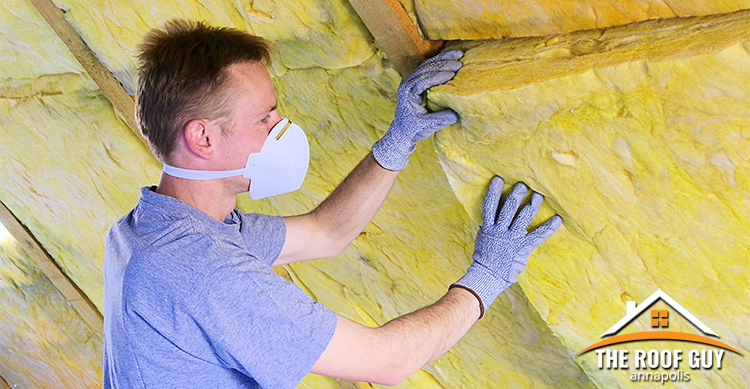How to Prevent Heat Loss Through Your Roof
When the winter chill sets in, did you realize that you could be losing up to 25 percent of your home’s heat through the roof ! But, there is a simple solution. Here is how to prevent heat loss through your roof. Once you complete these easy steps, you are sure to see increased savings in your energy bills! Plus, you will improve the condition of your roof and keep it in top shape all winter long.
The Science Behind It
Warm air escapes through your roof through the process of convection. Consider that your entire house acts somewhat similar to a chimney. Heated air is distributed through your home and eventually rises to the top of the house which increases air pressure near the ceiling. The difference between that pressure and the lower pressure from outside on a cold day then forces the warm air through any crack, crevice, or gap. Furthermore, this high pressure at the top of your home also creates low pressure near the bottom of the house. Therefore, pulling cold air into your home through any openings around the foundation.
The Solution
First, begin conserving energy and start saving money right away, by preventing the heat from escaping in the first place. Seal up any gaps leading from your living space into the attic. Pay close attention to areas around pipes and wiring. Check the attic floor and ceiling and seal any holes or cracks. Inspect window and door frames. Lastly, get your roof inspected for any failing shingles or breaches. Even the smallest of holes can cause significant issues.
Next, install insulation. Now, here is where it can get tricky. Too much insulation could lead to excessive heat on your roof and cause damaging ice dams. Not enough insulation will really make no impact at all. Additionally, there are many types of insulation from which you can choose. Here are some of the best kinds available.
Cellulose Fiber
Constructed of recycled paper
Lowest priced and extremely effective
Treated with a fire retardant to prevent fires
Foam
Available in foam boards or a liquid sprayed into your attic
Creates a tight seal
Customized to fill in the gaps in your home
Fiberglass
Most common and versatile
Extremely effective
Available in rolled sheets and rigid squares
Easy to install
The recommended level for most attics is to insulate to R-38 or about 10 to 14 inches, depending on insulation type. Further, you can mix the different types of insulation. Meaning, if the current insulation is in good shape, but you need to add more to achieve the recommendation, you can add to what is already there.
A Helping Hand
Have more questions about how to prevent heat loss through your roof this winter? Contact the Roof Guy and schedule a free evaluation. We will check to make sure your roof ready for winter. We can also make recommendations about your insulation needs. Start saving money now on your winter energy bills will you and your family remain cozy and warm.



